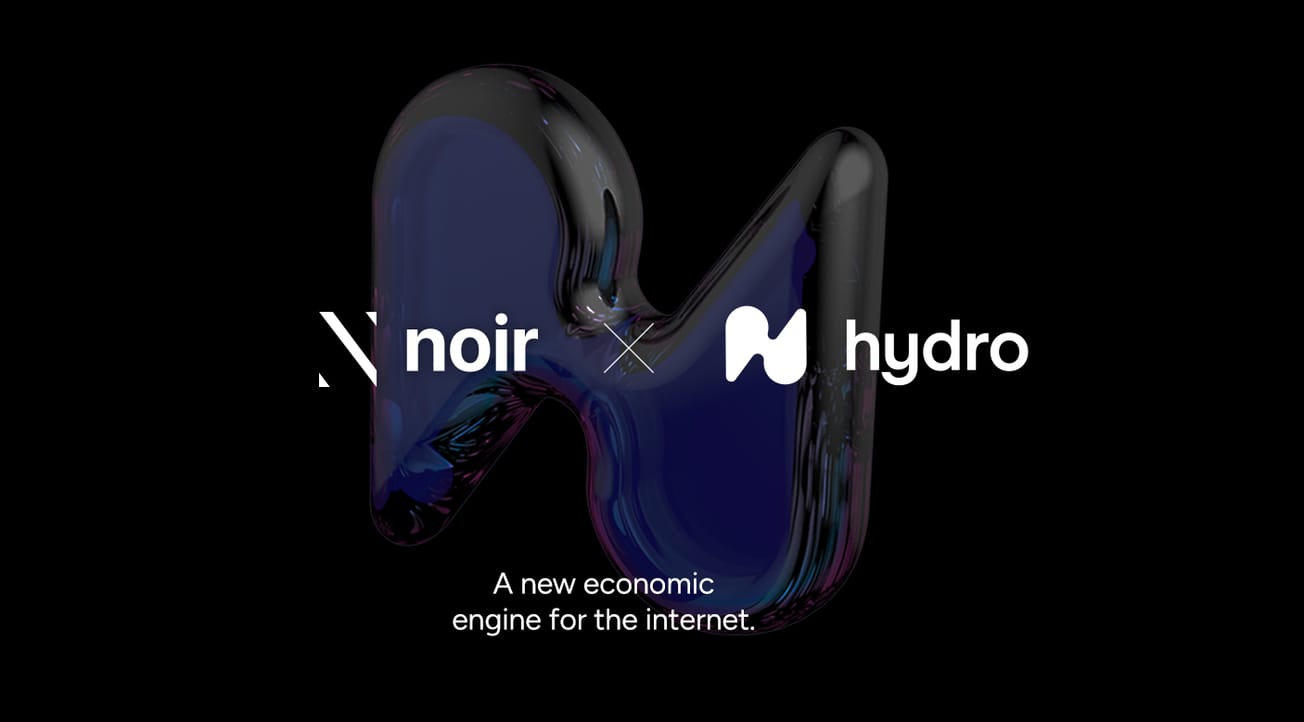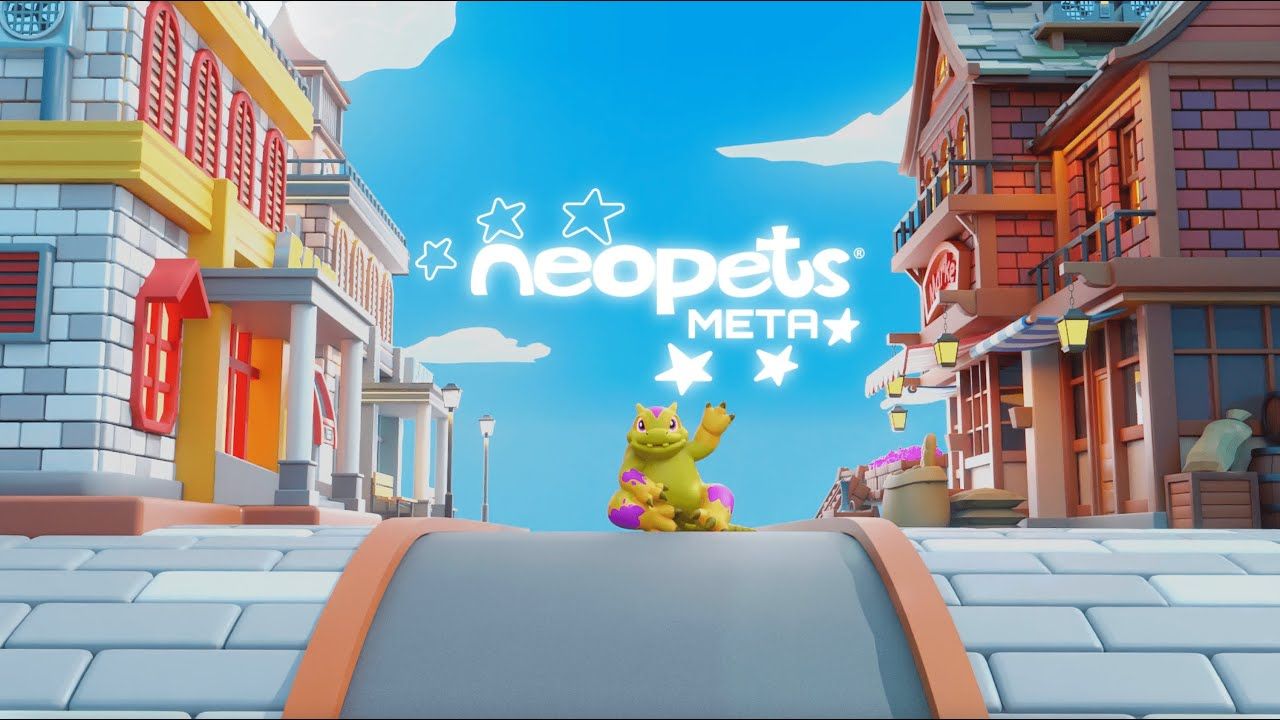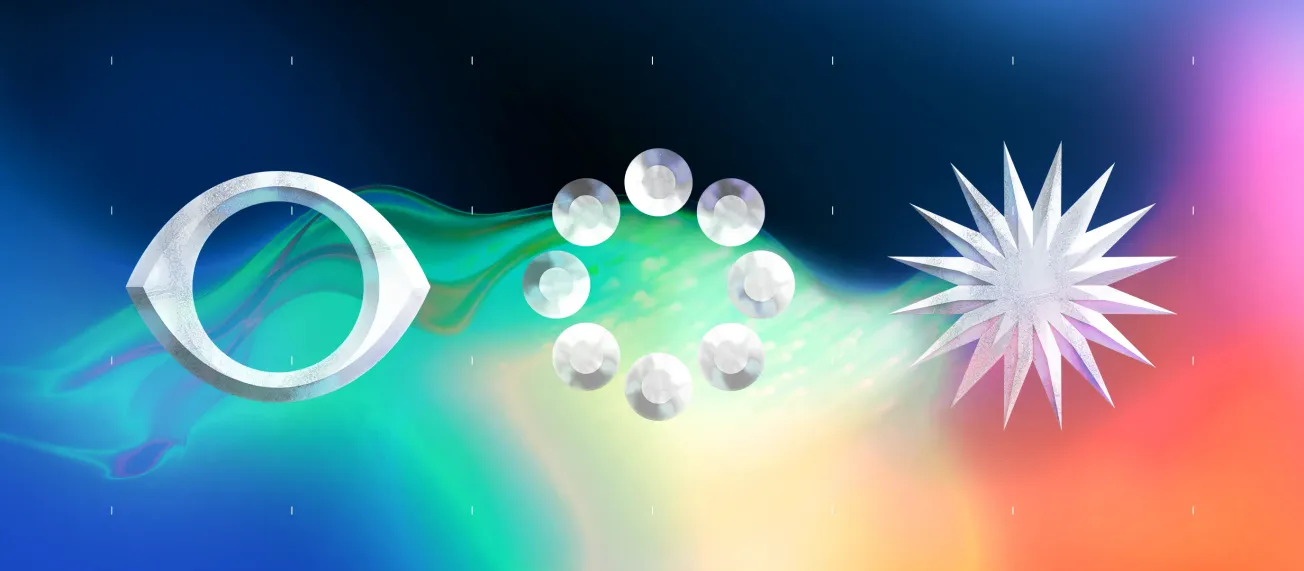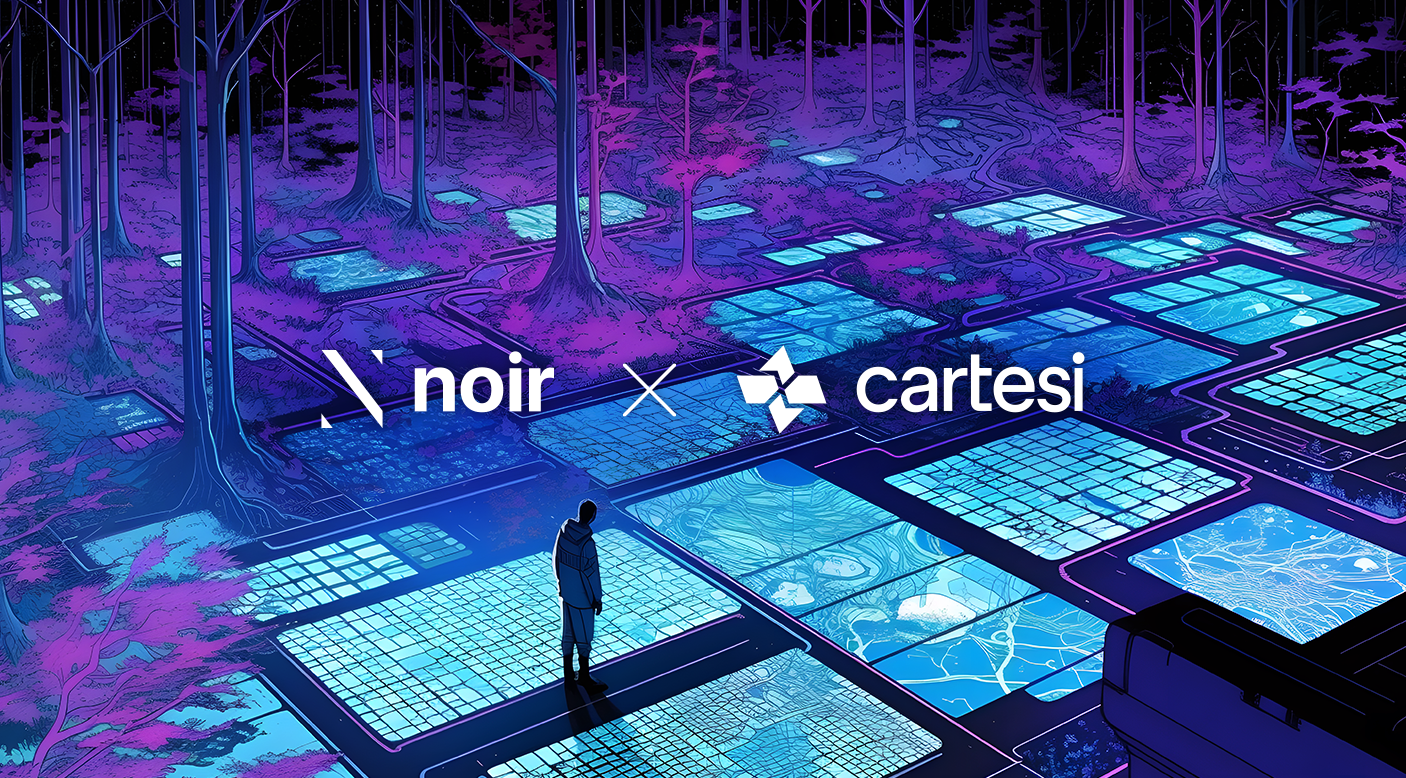The earliest versions of the metaverse have been digital playgrounds, colorful open spaces where players can explore, compete, create, socialize and transact using NFTs and cryptocurrency. Meta describes the concept as “an embodied internet where people have immersive experiences beyond two-dimensional screens.”
Among the many entertainment brands moving into this immersive new Web is The Walt Disney Company. Not content with building theme parks and making movies, Disney is reportedly contemplating porting its magical storytelling into a unique three-dimensional digital universe.
Connecting Physical and Digital Worlds
In a recent interview, Disney Chief Executive Bob Chapek discussed how the 98-year-old company was focused on leveraging “next-gen storytelling” to serve viewers “unique experiences.” This, coupled with the company’s hiring of Mike White to head up its Next Generation Storytelling and Consumer Experiences unit, suggests Disney is moving in an exciting new direction.
According to Chapek, White will be responsible for connecting the physical and digital worlds and creating “an entirely new paradigm for how audiences experience and engage with our stories.” Might that paradigm involve augmented and virtual reality headsets, smart glasses, wearable sensors and other metaverse-aligned tech?
It’s natural to wonder what a Disney metaverse might look like. Only the likes of White and Erin Green, the latter being the company’s VP of communications for the aforementioned Next Generation Storytelling and Consumer Experiences division, truly know. But it’s easy to make a few educated guesses. One logical area of exploration might be to build digital versions of the six Disney resorts in California, Florida, Tokyo, Paris, Hong Kong, and China. Users could don their VR headsets and explore attractions such as the Typhoon Lagoon Water Park and Walt Disney Studios Park, each faithfully recreated to the last detail.
Within these vast metaverses, players could interact with Disney characters and each other, hop on virtual rides, watch live performances, and complete challenges and quests to win exclusive NFTs – some of which could be tied to real-world privileges: Disney screenings, resort credits, a lifetime subscription to Disney+. There could even be a platform-native Disney crypto coin and an integrated marketplace to buy wearables for your avatar, Roblox style.
Of course, it could take several years for Disney’s metaverse vision – assuming it has one – to come to fruition. Even those most bullish about the metaverse – Mark Zuckerberg, for example, concede that a fully-fledged, totally immersive digital world likely won’t be viable for 10-15 years. Despite this, Meta has spent $15 billion in 2022 alone.
For now, a Disney metaverse is as much a fantasy as The Little Mermaid. But unlike Ariel, this one might just have legs.









